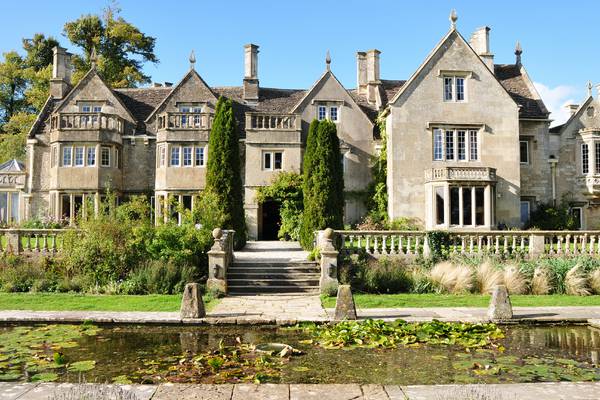
The latest January-September edition of the quarterly ECM-MKG Destinations Observatory report reveals a growth in hotel industry throughout Europe, especially in the Iberian Peninsula, UK and Eastern Europe.
In Europe, the Revenue Per Available Room (RevPAR)experienced a 6.1% growth since January 2017. The Occupancy Rate (OR) increased by 2.4 pts and the Average Daily Rate (ADR or room rate) by 2.7%. Midscale and Upscale/Upper Upscale are on a dynamic trend with a RevPAR that has respectively risen by 6.1% and 6.2% after three trimesters.
Still no catastrophe following "Brexit" in the United Kingdom: the RevPAR grew by 7.1%. Edinburgh and London are in the top 3 with the best occupancy rates in Europe. Meanwhile, Germany is on a low positive growth trend: +2.3% of its RevPAR. Some cities are, in spite of a strong business activity, on a downturn trend (Frankfurt, Leipzig, Munich and Nuremberg), while Cologne, Hamburg and Hannover recorded a RevPAR increase of 13.5%, 8.2% and 6.2% respectively. Italy (+5.5%), after a difficult year in 2016, posted an increase in its RevPAR, this positive change can be explained by good results recorded in Florence (+14%), Venice (+17.5%) and Bologna (+12.1%). Rome continues to record negative results (RevPAR: -7.1%) but the occupancy rate remains almost at the same level compared to last year.
From East to West: migration of an improved economic context
Over on the Iberian Peninsula, tourist arrivals have continued to grow as a result of their internal dynamics but more importantly following a large wave of tourism transference from Mediterranean destinations affected by terrorist attacks in recent months (Turkey, French Riviera, Egypt, Maghreb...). As a result, all cities in Spain(+10.6%) and Portugal (+18.3%) have gained a strong RevPAR increase. France showed a growth (+3.7%) thanks to its strong touristic pole: Paris saw a 5.9 point increase in its occupation rate, and a RevPAR rise of 5.4%. Other cities like Bordeaux (8.4%), Toulouse (+3.6%) and Bayonne/Biarritz (8.7%) also recorded a RevPAR increase. After a difficult second semester in 2016, Nice still has not recovered since the beginning of the year and is on a RevPAR decrease (-0.9%), but the perspectives look good for the end of the year. Lille and Montpellier also recorded a RevPAR decrease by 4.3% and 11% respectively.
International conventions and conferences to the rescue
Many destinations have started hosting significant international conventions or conferences as a way to not only improve their economic context but create a knowledge economy. Warsaw posted a RevPAR up by 9.2% thanks to several international conventions or conferences. For example Madrid, following the hosting of many international business meetings this year, or Barcelona, both noted an increase of 18.6% and 12.9% respectively. These big cities are not alone in experiencing a RevPAR improvement: Valencia, Bilbao and Malaga felt a 12% RevPAR increase. Lisbon, which organized but a few international conventions in this first part of the year, also posted a RevPAR increase of 23.1%.
Wien also recorded a RevPAR increase (+3.1%) along with Prague, which hosted many congresses and conferences: this indicator grew by 10.1%, the occupancy rate rose by 2.6 points and the average daily rate increased by 6.5% compared to 2016. Amsterdam, after the organization of international business events, also recorded a RevPAR increase of 10%.
All ECM members have exclusive access to the complete ECM-MKG European Destinations Observatory report with all the graphs and analysis.